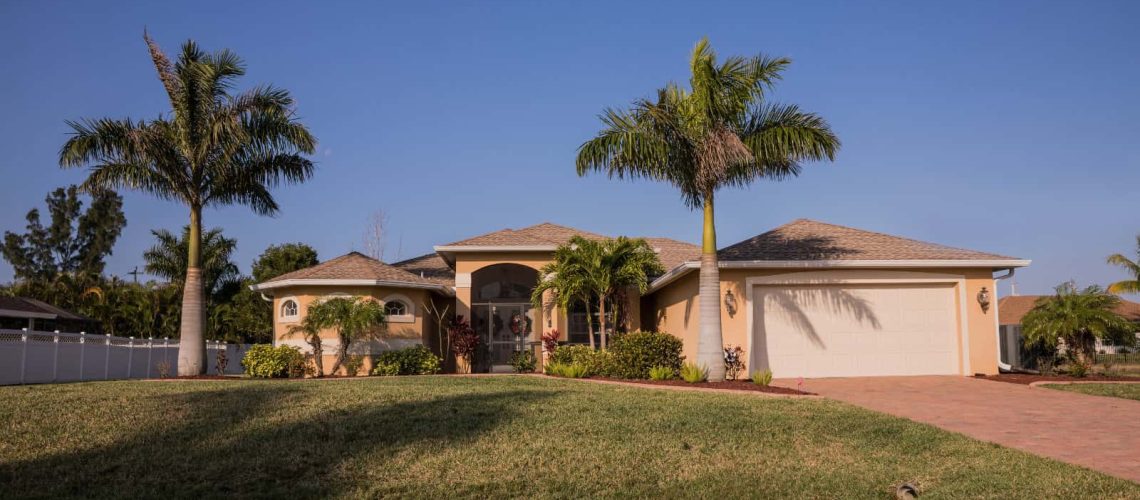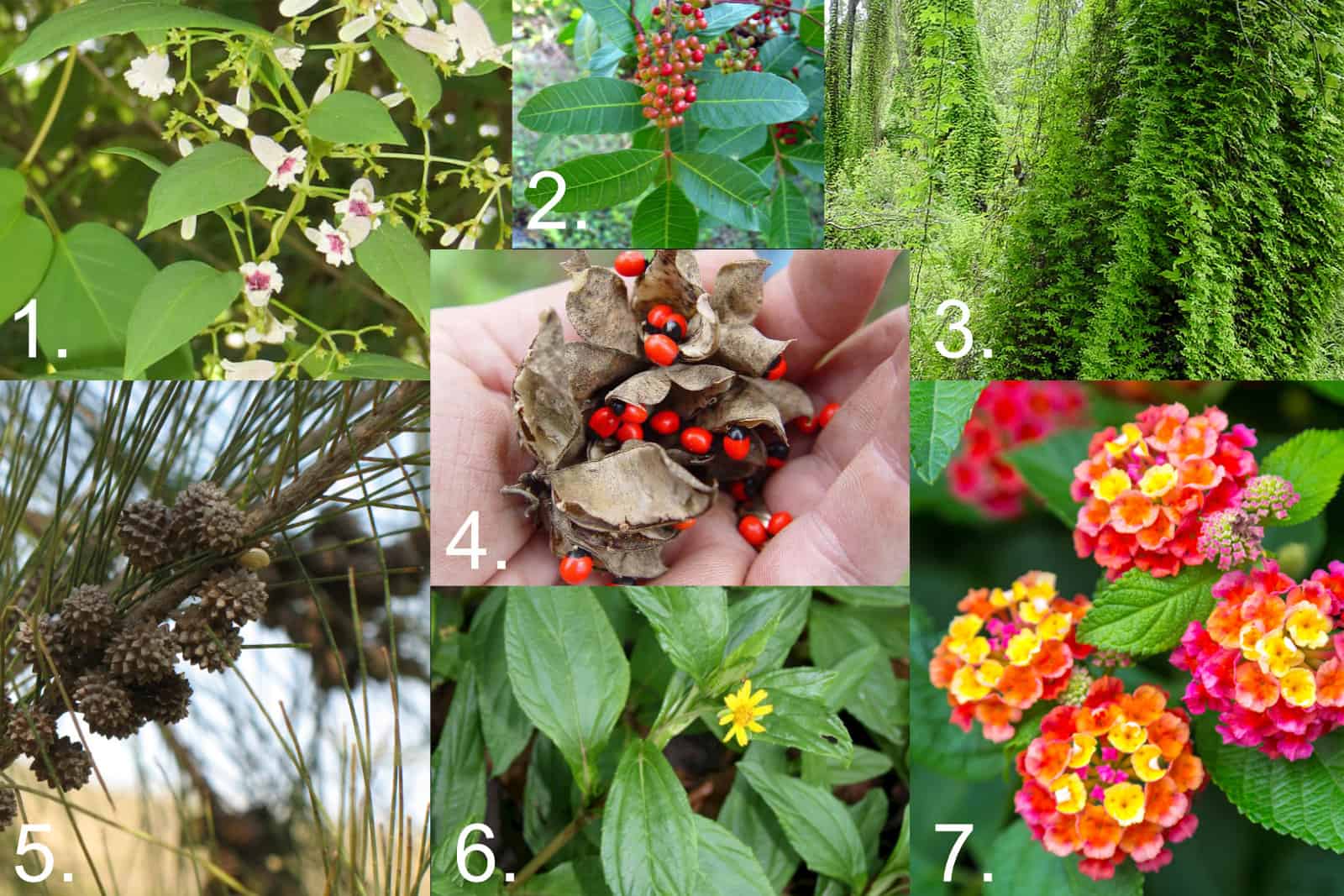Many beautiful invasive plants are tempting to use in Cape Coral landscaping. Learn why planting these kinds of plants is always a bad idea.
What Are Invasive Plants?
An invasive plant is not native to Florida and is likely to cause harm to the environment.
What Are Some Reasons to Avoid Invasive Plants?
There are many reasons to avoid intrusive plants in your Cape Coral landscaping, including:
- Produce large quantities of seed that can spread to unwanted areas
- Complete for necessities, like water and light, that the plants that you want to thrive need
- Increases soil erosion
- Degrades water quality
- Decreases plant diversity
What Are Some Examples of Invasive Plants Found in Florida Landscapes?
You can see many types of these plants in Florida landscaping.
1. Skunkvine
Skunkvine is an invasive climber that can grow up almost any space up to 30-feet tall from a single root system. This plant often gets so heavy on tree limbs that it can cause them to break. Its foliage can be so thick that the plants you want to thrive on do not get the sunlight they need.
Bougainvillea is a beautiful vine that is easy to train that you might want to consider as an alternative.
2. Brazilian Pepper
First introduced to Florida in the mid-1800s, Brazilian pepper can cause rashes in humans, and some have respiratory problems when it blooms in the spring. While its red berries would make you think otherwise, this plant provides poor habitat for wildlife. Since it spreads rapidly, it can crowd out other plants.
American holly trees and beautyberries can make great alternatives.
3. Old World Climbing Fern
Since its introduction to the state in 1965, old world climbing fern has completely wiped out the ecosystems on some tree islands. It climbs on everything, and that can cause damage to homes, trees, and other surfaces. Old world climbing fern does not provide a suitable habitat source for wildlife as it often consumes the nutrients that native plants need to thrive.
If you like the look of this plant, consider star jasmine or coral honeysuckle instead.
4. Rosary Pea
The seedpods on the rosary pea plant contain abrin, one of the most deadly toxins globally. This plant is horrible in areas where native plants have been disturbed by weather-related events or wildflowers. It is a climbing vine that will climb over everything.
The climbing hydrangea or the yellow Jasmine can make great alternatives.
5. Australian Pines
Australian pines have become a massive problem in Florida as they multiply, where other plants find it difficult to thrive. These trees, however, have trouble withstanding Florida’s storms. They often topple over because of their shallow root structure, causing damage to homes, cars, and other property.
If you want to plant an evergreen in your Florida landscaping, consider Florida’s native boxwood, which makes an ideal choice if you want to create a living privacy fence.
6. Wedelia
Wedelia, creeping oxeye is so prevalent in some Florida sections that many people mistake it for a native plant specimen. This rapid grower often blocks out other species. It can be difficult to eradicate, so work with a professional landscaper to get this option out of your yard before it takes over everything.
Alternatives to widely include powderpuff, blue-eyed grass, or dune sunflowers.
7. Lantana
Many are surprised to find lantana on the list of Florida invasive plants. While it may be OK for containers, once panted in the ground, it can quickly spread and wipe out native plants. The seeds from just one lantana plant can create 12,000 other lantana plants. This can rapidly change ecosystems, especially when those seeds land in forests where the plant can wipe out entire forest understories.
Instead of lantana, consider Walter’s viburnum, Simpson’s stopper, or Chapman’s senna.


